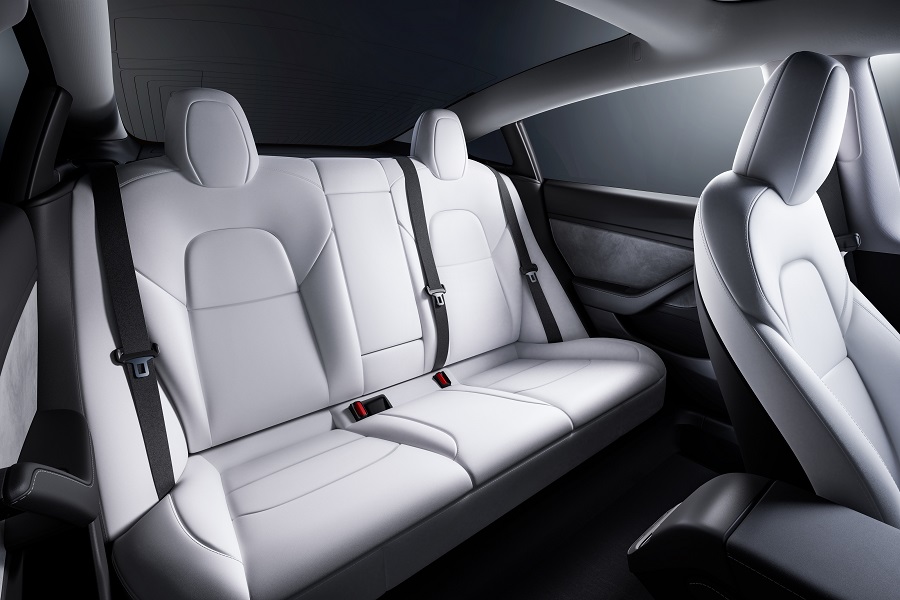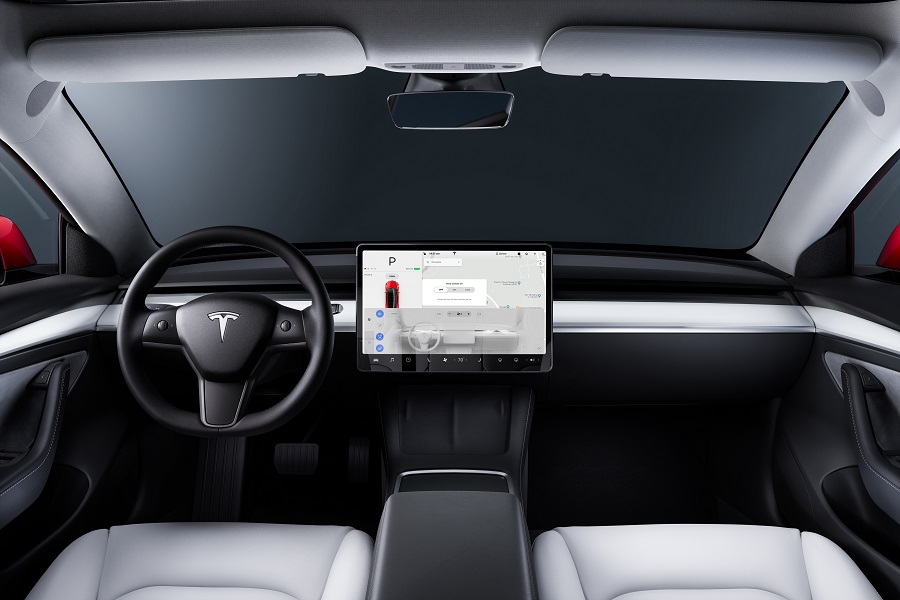This Tesla features hack unlocks hidden-away functionality without costing a cent. Intrigued? Read on for more.
In modern cars, the stereo/head unit system contains all sorts of high-tech functionality, and Tesla models are a prime example of this. Unfortunately, that’s not always a good thing for the consumer. Some brands, indeed such as Tesla, have dabbled with the idea of locking away pre-installed features behind a paywall. Yes, we really do live in an age where you can buy a whole new car and manufacturers still won’t deem that enough to grant you access to all of its functions. An optimist might conclude that it’s a novel way of approaching different trim levels; marking out clear divides in functionality, but offering the driver the chance to move up a level without having to swap vehicles. Cynics, meanwhile, consider it a pure and simple cash grab. Which side are you on?
Well, whichever way you look at it, these subscription services might not be around to stay for long if they prove vulnerable to infiltration. Which is exactly what’s happened to Tesla’s system. Let’s take a closer look…

What does the Tesla features hack unlock?
A group of four German researchers and PhD students – Christian Werling, Niclas Kühnapfel, Hans Niklas Jacob, and Oleg Drokin – have found a way to trick Tesla’s electronic brain into thinking that subscription features have been paid for, unlocking them irreversibly.
The unlocked features mentioned in the presentation include cabin comforts such as heated rear seats, and genuine performance functionality like Tesla’s Acceleration Boost – a software upgrade which reduces the car’s 0-60mph time by around half a second, and typically costs around $2000 to unlock. There are other features which Tesla hides behind paywalls as well, such as ‘Full Self-Driving mode’. That isn’t mentioned in the researchers’ briefing though, so we’re left to wonder about whether that too can be unlocked this way. If it can, that’s potentially a $15,000 saving. So how does it work?

How does the Tesla features hack work?
We’re not gonna lie – this bit is tricky to get your head around. Essentially, the idea here is to target the Tesla system’s AMD processor used in the car’s Media Control Unit (MCU). They do this by attacking its boot sequence, replacing AMD’s cryptographic key with their own, and then triggering a voltage fault to trick the system into thinking the new key is legit. From there, the hackers have their gateway into Tesla’s system. What’s more, as the researchers have targeted an AMD part, Tesla are unable to directly patch it with a fix.
That said, Werling has revealed that he and his team spoke with Tesla, during which the American company suggested that similar features hacks wouldn’t be possible on new models due to a firmware update. As for what that means for older models, we’ll let you fill in the gaps…
As for how they go about actually unlocking everything, well that’s a long, very technical read. If you’re interested though, you can check out a whitepaper on the subject.

Is the Tesla features hack legal?
First of all, this Tesla features hack takes a professional level of understanding about consumer electronics to pull off. So, for now, it’s not the sort of thing you can do on your driveway over a weekend. But, theoretically, if you were able to do this, would it be legal? Well, in much of the Western world, similar ‘jailbreaking’ techniques are perfectly legal to use on other electronic devices, such as smartphones or video game consoles. So, while we wouldn’t want you to take our advice on this as gospel, we can’t see much reason as to why the same rules wouldn’t apply with cars. Though, just to be safe, it’s best to check your own regional rules on the matter. Plus, it will definitely void your car’s warranty.
Who knows then, perhaps this Tesla features hack is a sign of things to come in the car modification scene. We already have a whole industry dedicated to engine ECU remapping, so it wouldn’t be beyond the realms of possibility that infotainment ‘remaps’ are on the horizon.








